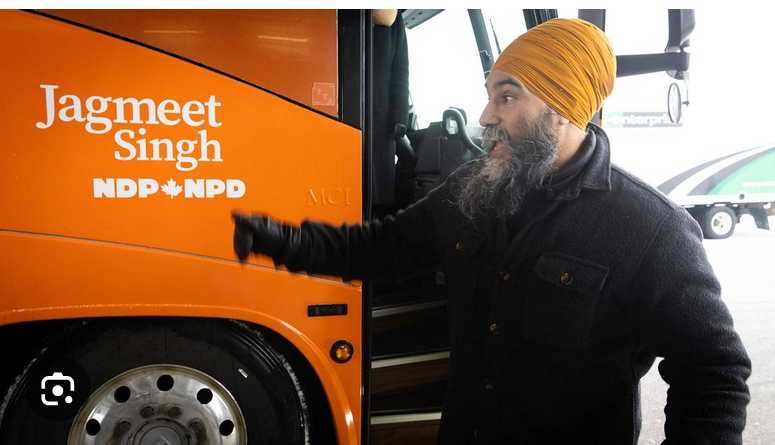
Report finds Alberta’s $53.6 billion net contribution to CPP far exceeds other provinces
Albertans have contributed significantly more to the Canada Pension Plan (CPP) than they have received in benefit s— over six times as much as any other province — according to a new report from the Fraser Institute.
From 1981 to 2022, Alberta's net contribution totaled $53.6 billion.
The report highlights that Alberta workers, on average, paid 14.4% of total CPP premiums while retirees in the province received only 10.0% of the payments.
The only other province to contribute more than it received was British Columbia, but Alberta’s contribution was six times higher.
"Albertan workers have been helping to fund the retirement of Canadians from coast to coast for decades, and Canadians ought to know that without Alberta, the Canada Pension Plan would look much different," said Tegan Hill, director of Alberta policy at the Fraser Institute and co-author of the report.
The study attributes Alberta’s outsized contributions to its high employment rates, higher-than-average incomes, and younger population. It also suggests that if Alberta were to withdraw from the CPP, workers in the province could receive the same retirement benefits at a lower cost, while the rest of Canada (excluding Quebec) might face higher payroll taxes to sustain the program.
"Given current demographic projections, immigration patterns, and Alberta's long history of leading the provinces in economic growth, Albertan workers will likely continue to pay more into it than Albertan retirees get back from it," Hill added.
https://www.westernstandard.news/news/report-finds-albertas-536-billion-net-contribution-to-cpp-far-exceeds-other-provinces/63519https://www.westernstandard.news/news/report-finds-albertas-536-billion-net-contribution-to-cpp-far-exceeds-other-provinces/63519
Game the system
I’ve been working on the front lines of Canadian immigration for 12+ years. Thousands of cases. Thousands of people. And in all that time, I’ve probably met a few dozen real, true refugees. People fleeing serious persecution. People with no internal flight alternative. People who couldn’t rely on their own governments for protection. People who had no choice but to escape.
The rest are bogus. People gaming the system. People coached by consultants, lawyers, ghost agents. People using the refugee claim process to buy time. People using it to get work permits. That’s how the system is built now.
There’s a whole process to move through. The RPD, the Refugee Appeal Division, judicial reviews, humanitarian applications, pre-removal risk assessments. Up and down. Back and forth. One refusal leads to another lifeline. One loss becomes the trigger for another delay. Eventually something lands. Or people just sit and wait.
The system has been softened over the past 10 ...

NDP's Jagmeet Singh has a bus.
Jagmeet Singh unable to afford campaign plane forced to travel by bus
“Our campaign bus will be making its way across the country, connecting with everyday people on the issues that matter most: health care, housing and affordability,” said the NDP via an X post on Saturday.
Since Singh took over the party in 2018, the balance sheet of the NDP has been on a steep and concerning decline.
In its latest audited financial statement, Jagmeet Singh’s NDP reported having only $289,808 in free cash
To put this into context: between RRSPs, TFSAs and non-registered accounts, the average 65-year-old individual has a savings of around $319,000.
In the 2019 election, the party was required to put up assets as collateral—such as the Jack Layton Building in Ottawa—to maintain liquidity and simply stay afloat.
As of its most recent annual financial statement, the NDP still hadn’t fully repaid a loan it took out to find its 2021 election, which involved...
















